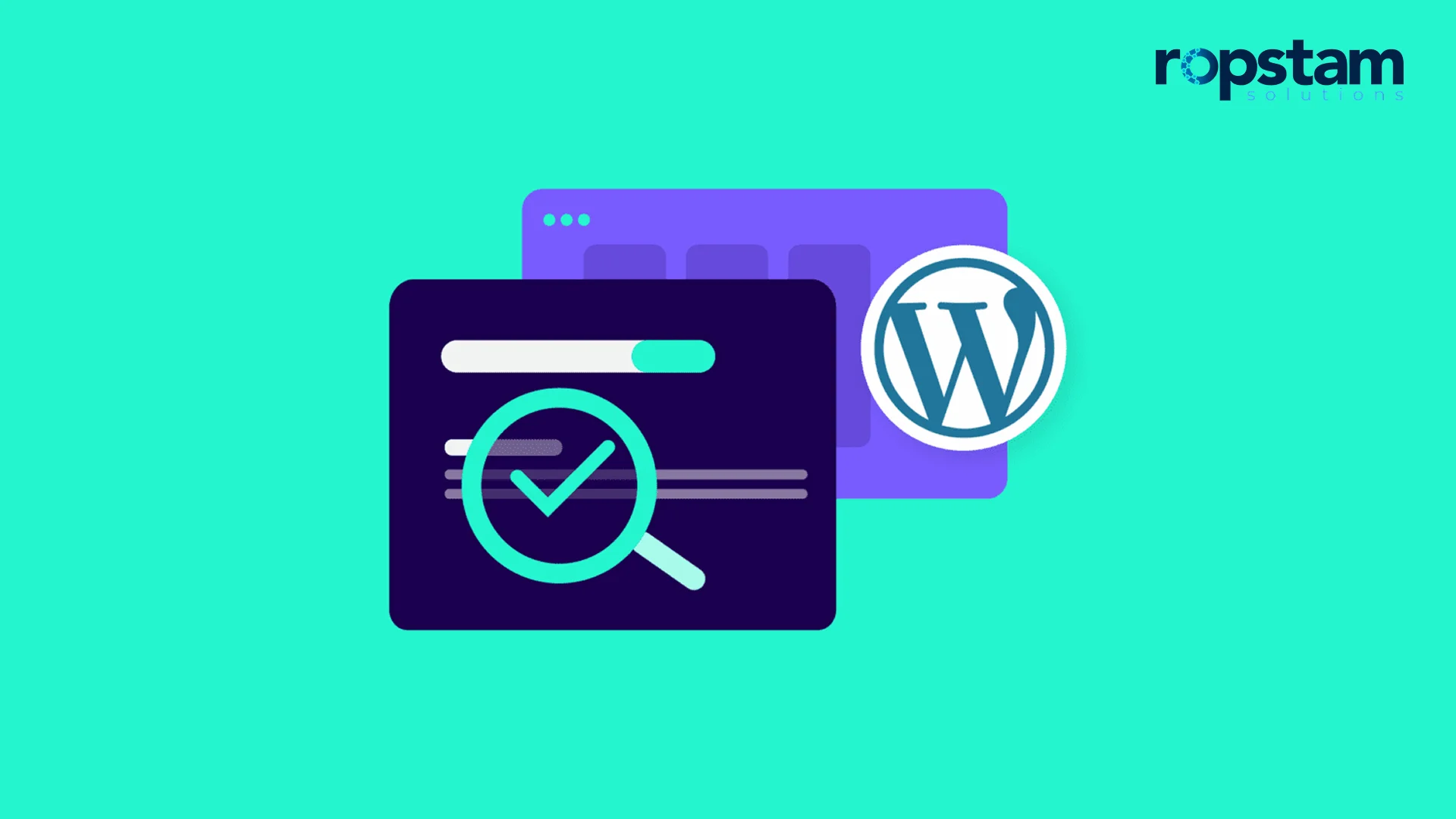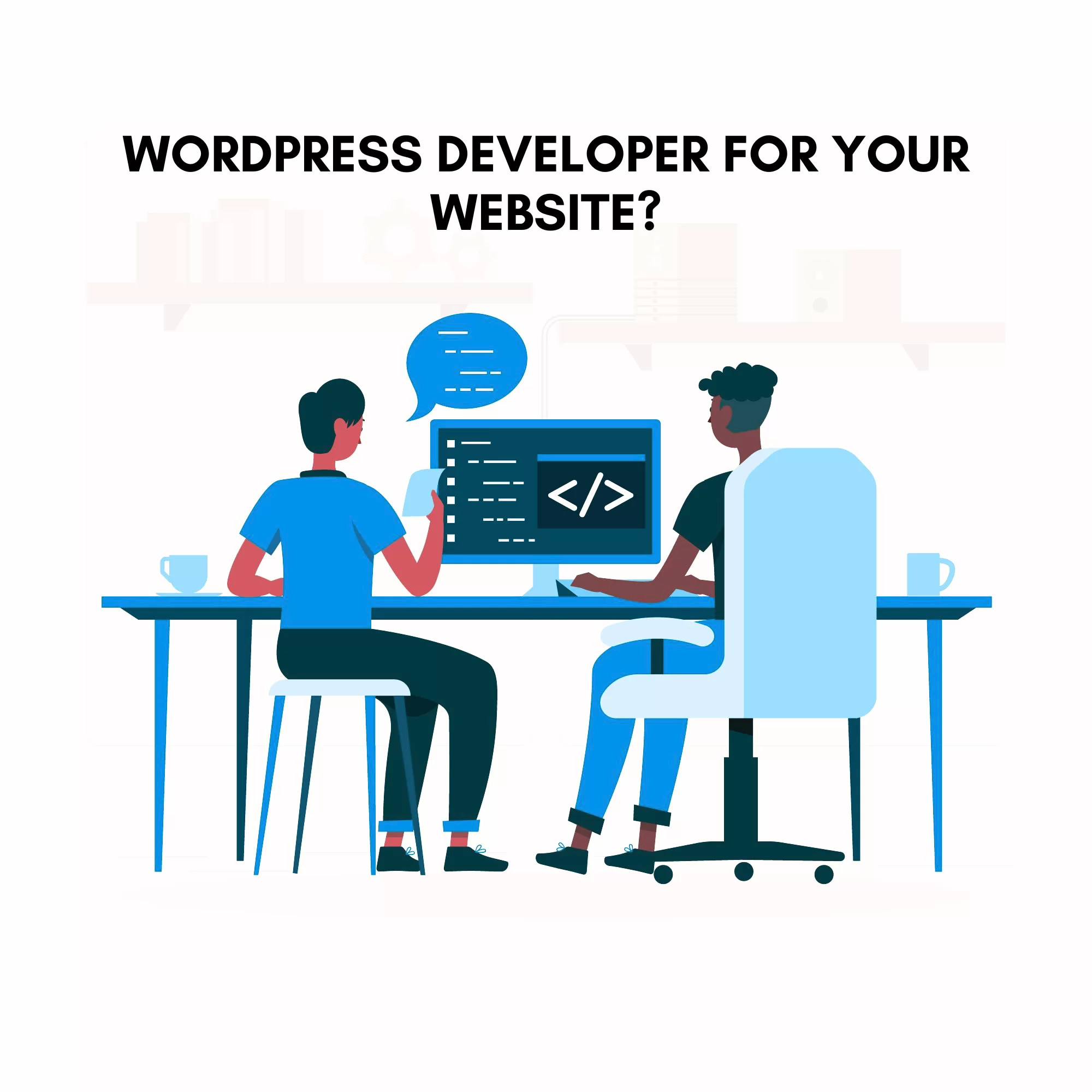In the world of mobile and web apps, user experience plays a pivotal role in attracting more customers. A website or mobile app that takes too much time to load or contains text that is not visible is a bad design.
Given that you have 10 seconds on average to leave a mark on website visitors, the first impression matters a lot. In this blog, I will walk you through the tips and tricks for enhanced user experience, emphasizing the significance of UX.
What is user experience optimization?
In the modern-day crowded digital realm, creating an exceptional user experience is no longer just a nice-to-have – it’s a competitive necessity. User experience optimization, the practice of relentlessly improving website and app usability, accessibility, and satisfaction, is now pivotal to product success.
The benefits of meticulous UX optimization are manifold. Increased conversion and retention result in healthier bottom lines. Similarly, reduced frustration means happier customers who become brand advocates. Consequently, the cumulative impact on customer lifetime value can be significant.
Achieving UX optimization is not an easy task by any means and requires immense attention throughout the design, development, and testing stages. Experts focus on enhanced interfaces with microcopy that guides users. App flows are crafted to remove friction, and eventually, the testing phase identifies areas of confusion. Once feedback is provided by users, it is utilized to shape iterative improvements.
It is fair to say that UX optimization is a process that never truly ends. As technology evolves and new solutions emerge, your approach must keep pace. While striving for perfection is an endless process, the end goal of enhancing user satisfaction ultimately separates the websites and mobile apps that soar to new heights from those that get forgotten.
Ways to optimize user experience for mobile and web apps
To satisfy the users, ensuring a positive user experience for a website, like an e-commerce store, or mobile plays a pivotal role in this domain. Here, I have compiled a list of industry-proven user optimization methods that can make an immediate impact on visitors.
1. Keep the website or mobile app updated:
Regular updates are pivotal to ensure that the user interface remains modern and the user experience (UX) aligns with user expectations. This includes fixing bugs, improving features, and refreshing the design. Consistent updates keep the platform relevant and improve user satisfaction.
Conversely, neglecting updates can result in a stale and frustrating experience for users, potentially causing them to seek out other alternatives.
2. Reduce loading time:
Imagine coming across a website or mobile app where each screen takes a significant amount of time to load. Immediately, you will look for alternatives as users expect quick access to information and services online. Optimizing loading times reduces bounce rates and enhances user satisfaction.
Techniques for reducing loading time include – but are not limited to – compressing images, minimizing code, and using content delivery networks. On the other hand, slow loading times can lead to impatience and loss of users to faster competitors.
3. Add engaging content
Needless to say, content plays a crucial role in website design, serving as a cornerstone for engagement and user experience. Engaging content can not only captivate users but also encourage them to spend more time on the site. This includes well-written articles, interactive elements, and compelling visuals. This engagement leads to higher user satisfaction and retention.
4. Mobile responsiveness:
With the increasing prevalence of mobile internet usage, it’s crucial to ensure that your site or app is fully functional on mobile devices. This enhances accessibility and user satisfaction. A lack of responsiveness can lead to a frustrating experience for mobile and tablet users and potentially drive away a significant portion of the audience.
5. Include images of the highest quality:
High-quality images can significantly improve the aesthetic appeal of a website and contribute to a positive user experience. They should be optimized for the website or mobile app to maintain fast loading times. Poor quality or irrelevant images can detract from the user experience and the perceived professionalism of the site.
6. Enhance security:
With the ever-increasing number of cyberattacks, users need to trust you to ensure their data is safe. Even a hint of a red flag or malicious activity linked to your website or mobile app could cause customers to leave the site immediately.
That is why implementing robust security measures, such as SSL certificates and data encryption, helps build trust and credibility, resulting in increased conversion and revenue for your brand. Conversely, ignoring security can lead to breaches and loss of user trust, coupled with legal ramifications.
7. Add chatbots:
Gone are the days of manually offering customer support, as nowadays, businesses utilize automated chatbots to provide instant replies to customers. Chatbots provide immediate assistance and answers to user queries, improving the user experience by making interaction with the site more convenient and efficient.
Consequently, integrating chatbots into your website or application results in an enhanced user experience. Without chatbots, users may experience delays in getting support, leading to frustration and potential loss of interest.
8. Include CTAs (Call To Action):
It is pertinent to mention that CTAs guide users toward the action you want them to take, such as subscribing or making a purchase. They are critical for conversion optimization. Without clear CTAs, users may be confused about the next steps, leading to lower conversion rates.
9. Simplify navigation:
Intuitive and straightforward navigation allows users to find what they need quickly and efficiently. This can lead to higher satisfaction and increased engagement. Conversely, complex navigation can cause confusion and increase the likelihood of users leaving the site.
10. Add white spaces:
White space, or negative space, helps to break up content and increase readability. It creates a clean and uncluttered look, which can enhance user focus and comprehension. Without adequate white space, a website can look overwhelming and deter users from engaging with the content.
11. Give due importance to user feedback:
Actively seeking and valuing user feedback is a sign that you prioritize their experience and are willing to make improvements. This builds loyalty and can lead to better user retention. User feedback is collected for a reason, and ignoring such feedback can make users feel undervalued, leading to missed opportunities for improvement.
12. Measure the overall performance:
Regular measuring and analysis of user interactions with your site can provide insights into areas that need improvement, going a long way in ensuring enhanced user experience. Tools like Google Analytics can help track user behavior. Not measuring performance can result in a lack of understanding of user needs and a failure to optimize the UX effectively.
13. Focus on personalized user experience:
Users want to know they are being given importance, and that’s why offering customized content can make a lot of difference. Personalization can significantly enhance the user experience by presenting users with content and options that are tailored to their preferences. This can increase engagement and satisfaction. While a lack of personalization can result in a generic and less compelling user experience.
Challenges in user experience optimization
Optimizing user experience (UX) is an ongoing process that faces various hurdles. While the end goal is to create a simplistic and efficient interface for users, there are several challenges that can impede progress. Below, we explore some common obstacles that businesses and developers might face in the realm of UX optimization.
1. Balancing aesthetics with functionality
One of the primary challenges in UX design is finding the right balance between a visually appealing interface and one that is highly functional. Designers must ensure that the user interface (UI) is not only attractive but also intuitive and easy to navigate. Overdesigning is a serious mistake that can lead to confusion, while under-designing may not capture the user’s interest. Achieving the right balance proves to be the difference between an engaging UX that converts and a complex user experience.
2. Understanding diverse user needs
You can’t assume that all users will have the same sets of demands and requirements. Users come with a wide array of preferences, abilities, and technological proficiencies. Catering to such a diverse user base means conducting extensive research and testing to understand the various needs and challenges faced by different user groups. Failing to address this diversity can lead to a one-size-fits-all solution that doesn’t truly satisfy anyone.
3. Keeping up with technological advances
Technology evolves at a rapid pace, and keeping UX design up to date is a significant challenge. Designers and developers must stay informed about the latest trends, tools, and technologies to ensure their platforms remain relevant and competitive. This requires continuous learning and adaptation, which can be resource-intensive.
4. Ensuring consistency across platforms
Today’s users expect a consistent experience across all devices and platforms. Achieving this consistency is often challenging, especially when dealing with various screen sizes, operating systems, and browser capabilities. Discrepancies in user experience across platforms can lead to user frustration and decreased brand loyalty.
5. Integrating feedback into design
Collecting user feedback is essential, but integrating that feedback into the UX design can be more complex than you think. It involves discerning which feedback is most valuable, prioritizing changes, and then implementing them without disrupting the existing user experience.
Ignoring feedback can result in missed opportunities for improvement while overemphasizing every piece of feedback can lead to a disjointed experience.
Why is user experience important?
Ensuring user experience is not a one-step process – it’s a long and evolving process that demands time and resources. All your efforts will go to waste if users visit your website or app but leave it soon, leading to a remarkably lower conversion rate because of poor UX.
Enabling optimal user journeys is the cornerstone of resilient UX. Visitors should navigate your digital ecosystem effortlessly, not encounter dead ends. Remove friction, add wayfinding aids, optimize layouts, and guide users to conversion through the experiential polish.
Envision this scenario: a prospective customer on your product page finds it misaligned with their search. With no navigation breadcrumbs in sight, they struggle to find the relevant category. Excessive irrelevant search results further confuse. So, the visitor has no choice but to abandon your site for a competitor tab.
It is pertinent to mention that small UX flaws created a disjointed experience, relinquishing a promising lead. Had your site offered intuitive navigation and filtered search, you may have captured that conversion. These intricate details separate digital experiences that convert from those that repel.
Statistical evidence also illuminates the gravity of subpar UX. North of 85% of disappointed visitors never return after poor website interactions. Moreover, UX polish boosts loyalty better than the best customer service. Unlike delighting surprises, fluid UX goes unnoticed, silently minimizing dissatisfaction. But its impact on retention is monumental.
Why choose Ropstam Solutions for exceptional user experiences?
As a UI/UX designer, your main objective should be to create an engaging user experience that attracts the target audience. Only once you realize the significance of a personalized, appealing user experience can you achieve the goal of propelling your business to new heights.
The cornerstone of a remarkable user experience that converts is a dedicated team of UI/UX designers. At Ropstam Solutions, we boast a team of award-winning designers who can turn your idea into a tangible reality. If you are interested in our services, get in touch with us now!













